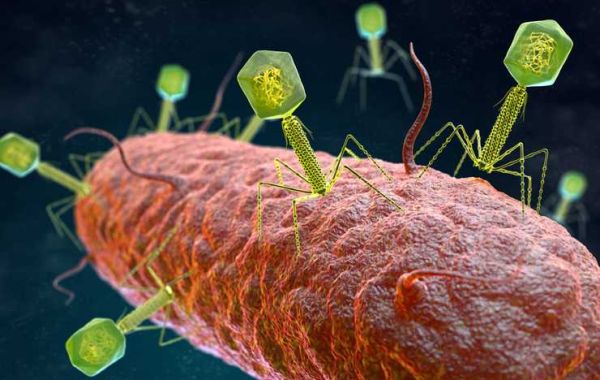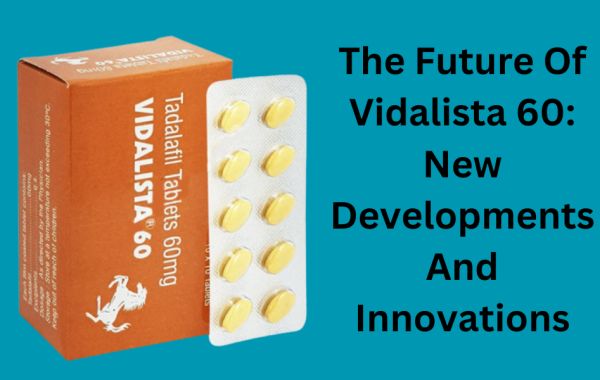Bacteriophages, often known as phages, are the most numerous and diverse biological creatures on the Earth. Due to the rising incidence of multi-drug-resistant bacteria and the inadequate availability of novel antibacterial agents, phage therapy has lately retained the interest of researchers as an alternative to antibiotics. Though phages, as the viral predators of bacteria, are immensely diverse, phage infections are frequently limited to a particular species or strain on the other side of the coin. It means tailored therapeutic preparations are required to target a specific pathogen, for which a cocktail of different phages is often designed to widen the host range and overcome any resistance that may occur. In this process, the selection of the best phage mix for anti-bacterial treatment might be challenging, and approaches that allow researchers to compare the activity of different phages are significant.
There are two main kinds of phage infection cycles. One is that phages, usually the temperate type, lysogenize the bacterial host and integrate their genome into the bacterial chromosome. Therapeutic phages, on the other hand, are obligately lytic because they frequently first inject their genetic material into the host before using the host's cellular machinery to multiply and assemble new virus particles. And once enough offspring are produced, the new phages will burst out of the host cell and lyse it. Obviously, it's important to identify phages that can specifically target and infect the pathogen of interest. However, conventional approaches such as plaque assays and the DLA technology have diverse shortcomings, including difficulty in scaling up and high-throughput screening, irreproducibility, and requiring great physical effort.
Therefore, researchers from the University Medical Center Utrecht, Utrecht University, Utrecht, The Netherlands, are dedicated to developing a new approach that can overcome the aforementioned limitations while being fast and reliable for real-time phage infection monitoring in a multi-well plate setting.
The researchers developed a fluorescence-based assay that enables the measurement of phage killing in a high-throughput manner using the dye Sytox green. Sytox green is a membrane-impermeant nucleic acid dye that stains the DNA of lysed bacteria and nascent phage offspring, resulting in a fluorescent signal as the phage infection advances. Indeed, Sytox has been used to evaluate the damage to Gram-negative outer membranes induced by the human innate immune system, particularly the complement system. Though it is slightly different from phage-mediated killing, which causes membrane damage from within or even violent lysis, it still provides insight into developing a new technique to detect damage induced by phages.
Researchers tested this approach on Pseudomonas aeruginosa and Klebsiella pneumoniae and discovered that a rise in fluorescence corresponds to phage-mediated infection. And the results are verified by techniques including spot tests, colony plating, flow cytometry, and metabolic activity measurements. Real-time monitoring of labeled phages allows researchers to compare the infection dynamics of different phages, which might provide useful information for phage selection for therapeutic cocktails with further characterization. The study result shows that this new method for phage selection does not require time-consuming preparations and may be conducted at medium to high throughput while guaranteeing that the assay parameters are consistent across all phages being screened. Drawbacks of this approach include that phages must be purified to some extent (at least eliminating nucleic acid residues) before utilizing the preparations in this experiment, and it's not applicable for temperate phages or phages that break down host DNA, for example, T441.
In summary, though more and further investigation is needed, the fluorescent DNA dye assay is a new, fast, reliable, and alternative way of selecting and screening phages for personalized therapy development.






